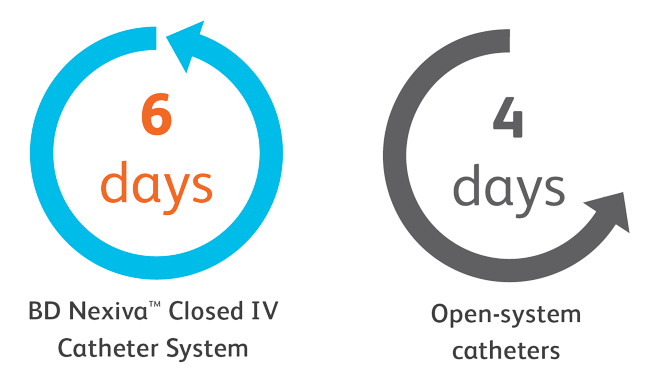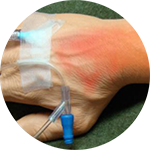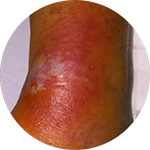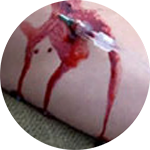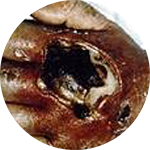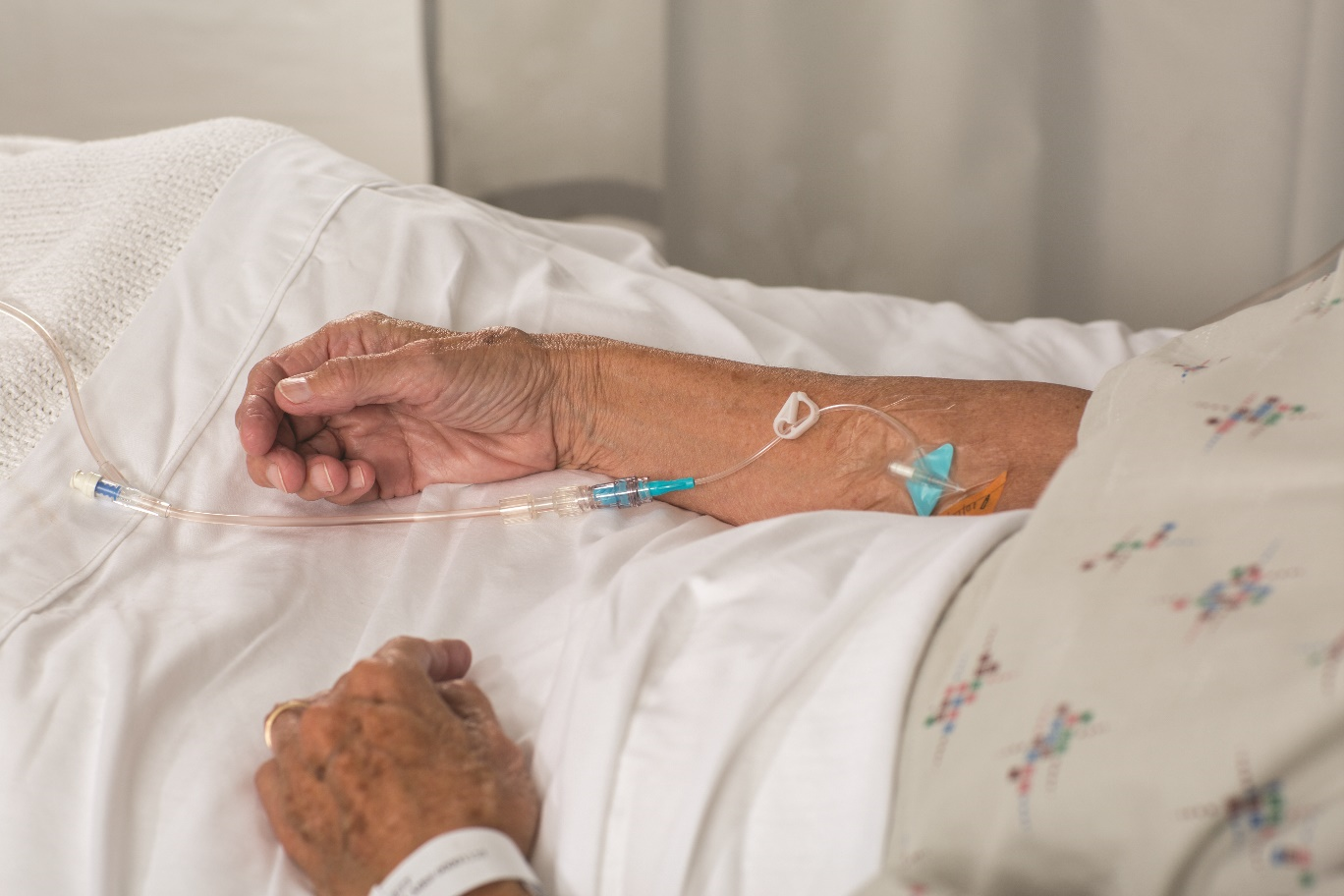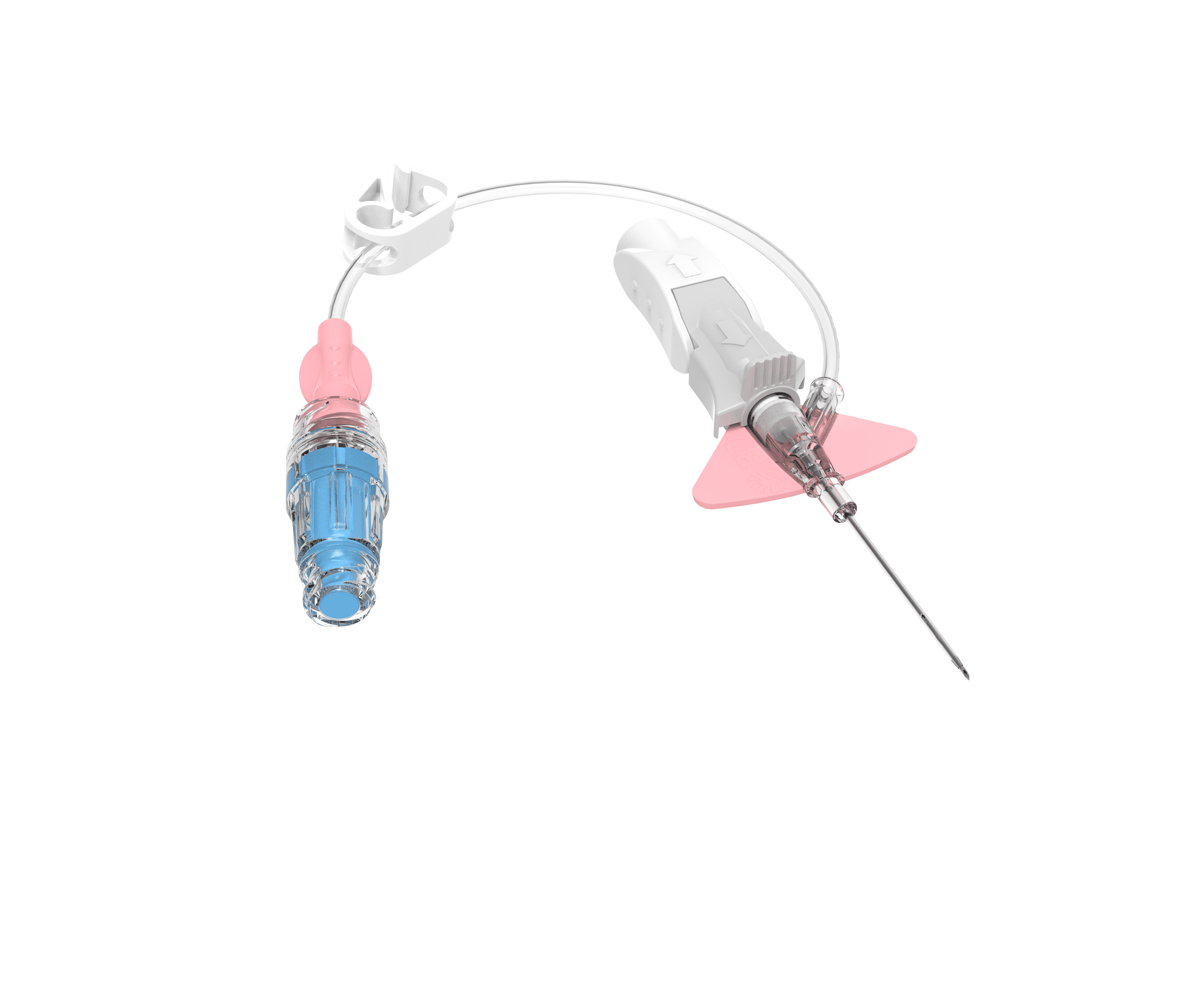*Closed system = Fully-integrated system that consists of an integrated extension tube, stabilization platform, and needle-free connectors.
*Compared to an open system.
†When used with an IV site securement dressing.
‡Compared with B. Braun Introcan Safety® catheter with Bard Statlock® IV Ultra stabilization device.
§Compared with an FEP catheter
1. Helm RE, Klausner JD, Klemperer JD, et al. Accepted but unacceptable: peripheral IV catheter failure. Infus Nurs Society. 2015;38(3):189-203.
2. Canadian Vascular Access Association. (2019). Canadian Vascular Access and Infusion Therapy Guidelines. Pembroke, ON: Pappin Communications.
3. Gorski LA, Hadaway L, Hagle ME, et al. Infusion therapy standards of practice. J Infus Nurs. 2021;44(suppl 1):S1-S22
4. O’Grady NP, Alexander, M, Burns LA, et al. Guidelines for the prevention of intravascular catheter-related infections. CDC. 2011:16
5. Alexander M, Corrigan A, Gorski L, et al. Infusion Nursing: An Evidence-Based Approach. 3rd ed. St. Louis, MO: Saunders Elsevier; 2010:213, 410.
6. Tuffaha H, Rickard C, Scuffham P, et al. Cost-effectiveness analysis of clinically indicated versus routine replacement of peripheral intravenous catheters. Appl Health Econ Health Policy. 2014;12(1):51-58.
7. Rickard CM, Webster J, Wallis MC, et al. Routine versus clinically indicated replacement of peripheral intravenous catheters: a randomised controlled equivalence trial. Lancet. 2012;380(9847):1066-107
8. González López J, Arribi Vilela A, Fernández Del Palacio E, et al. Indwell times, complications and costs of open vs closed safety peripheral intravenous catheters: a randomized study. J Hosp Infect. 2014;86(2):117-126.
9. van Loon FH, Timmerman R, den Brok GP, Korsten EH, Dierick-van Daele AT, Bouwman AR. The impact of a notched peripheral intravenous catheter on the first attempt success rate in hospitalized adults: Block-randomized trial. The Journal of Vascular Access. 2022;23(2):295-303.
10. Bausone-Gazda D, Lefaiver CA, Walters SA. A randomized controlled trial to compare the complications of 2 peripheral intravenous catheterstabilization systems. J Infus Nurs. 2010;33(6):371-384.
11. Maki DG, Ringer M. Risk factors for infusion-related phlebitis with small peripheral venous catheters. Ann Intern Med. 1991;114(10):845-85
